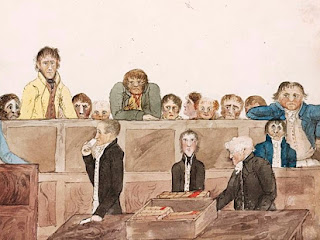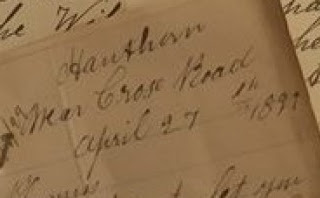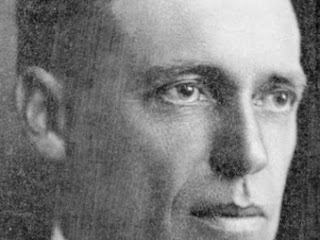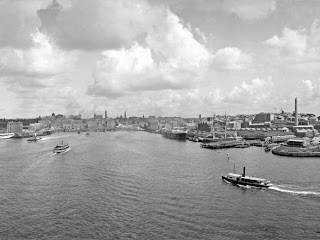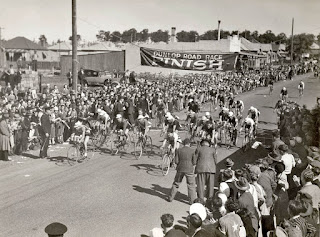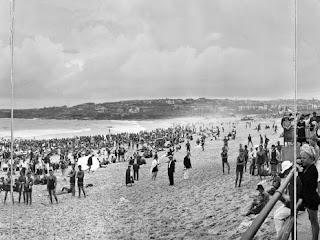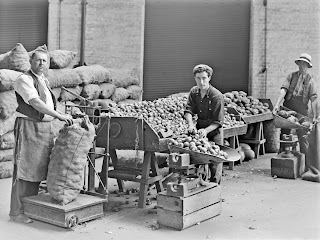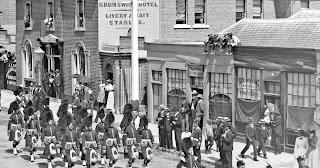Announcing my first guest poster on my blog, @Mariamauva , a colleague and fellow tweep (who also has her very own blog!) , who wrote this post about the history of Australia (yup, she's an Aussie-o-phile !) This is it :Australia, officially known as the Commonwealth of Australia, is a country in the Southern Hemisphere, which takes up the majority of the continent Oceania. It was originally inhabited by Aboriginal and Torres Strait Islanders, who were thought to have arrived from Asia to Australia during the Ice Age, at around 70,000 BC.
They hunted with wooden spears, and occasionally with stone and bone blades. Alongside to mammals, they hunted snakes, lizards, ducks, parrots, cockatoos and emus. They spoke more than a hundred languages and dialects, and their lifestyle and cultural traditions varied from region to region. Asian and Oceanic mariners were in contact with the indigenous Australians, centuries before the Europeans did.
 |
| The flag of the Aborigines |
The first recorded European contact was in March 1606 by the Dutch explorer Willem Janszoon (1571-1638). Later that year, the Spanish explorer Luis Vaez de Torres sailed through the region between Australia and Papua New Guinea. Over the next two centuries, explorers and traders sailed across the coastline of the then known "New Holland".
In 1688, William Dampier became the first British explorer to land on the Northwestern coast. However, in 1770, another Englishman, Captain James Cook (1728-1779) further charted the East coast of Australia in a scientific voyage abroad the Endeavour and claimed it for the British Crown.
Britain then decided to use its new lands as a penal colony. The first fleet of 11 ships carried around 1,500 people (half of whom were convicted criminals). The fleet arrived in Sydney Harbour, Port Jackson on 26th January 1788, which is also called Australia Day , celebrated annually (so keep an eye out for it in the upcoming days!).
Penal transportation only came to an end in 1868. Free immigrants started settling in the early 1790s, which is mainly because of the gold rushes and the growth of the wool industry. It was also because of the scarcity of labour, vastness of land and recent wealth based on farming, mining and trade, that made Australia into a land of oppurtunity.
Yet things did not go smoothly at the beginning of the 19th century.
In March 1804, some Irish convicts led by Philip Cunningham took part in a rebellion at Castle Hill. On the 4th of March, they captured a convict station at Parramatte. The next day, they fought against the government soldiers but the rebellion quickly collapsed and the ringleaders (including Cunningham) were hanged.
 |
| The Australian Gold Rush ! |
In 1834, John Batman decided that Melbourne was a good site for making a settlement. The following year, he made a treaty with the Aborigines in which he gave them trade goods for land. The treaty was recognized by the british government, but was disregarded. Nevertheless, Melbourne was laid out in a grid pattern and constructed.
The Aborigines despised the arrival of the Europeans because they drove them off their land. One of the leaders of the indigenous resistance was Pemulwuy, who fought against the British from 1790 to 1802 when he was eventually shot dead.
The spread of European diseases such as Smallpox, influenza and measles devastated the indigenous populations as they had no resistance to the diseases. The intermittent 'warfare' between them continued for several more decades.
Australia was considered to have been officially created in 1901, as a Commonwealth. This was a federation of six states under a singe constitution, with the aim of making Australia a harmonious place, with democratic procedures and the value of the 'secret ballot'.
At the time, the non-indigenous population was 3.8 million and the Aborigines were estimated too have been around 93,000. Three-quarters of the population born in Australia were of English, Scottish or Irish descent. One of the first acts of Parliament was to pass the Immigration Restriction Act 1901, with a particular focus on people with European origins. This withered away after World War II and Australia (in the present day) is now the home of people from over 200 countries.
 |
| A recruitment poster for the ANZACs |
Even though the male population of Australia was less than 3 million, over 400,000 volunteered to fight for Australia in the first World War. The ANZACs (Australian and New Zealand Army Corps) were sent to Gallipoli (in present-day Turkey, then Ottoman Empire) but were unsuccessful in dislodging the Turks.
It was a failure. They withdrew in 1915, suffering over 8,000 casualties (immortalizing the spirit of the ANZACs).
The period between the two world wars was generally regarded as unstable. Social and economic divisions were widened due to the Great Depression. In 1932, the percentage of unemployment was 29% but it eventually fell to 10% by the late 1930s.
During World War 2, Australia made a significant contribution to the Allied side. The ANZACs were deployed to South Africa. Furthermore, Australia herself was in danger when the Empire of Japan entered the war.
In February 1942, air raids were directed at Darwin (Northern Australia); but on September 1942, the Australian Army was deployed to New Guinea where they pushed back the Japanese forces. Generally, the generation that fought and survived in the war, came back with a sense of pride in Australia's capabilities.
 |
| The Island of Mer. |
The boom period of Australia was after 1945, when hundreds of thousands of refugees and migrants arrived in the post war era. The economy further developed in the 1950s with the introduction of hydroelectric power stations- (the Snowy Mountain Scheme).
The rate of home ownership rose dramatically from 40% in the 40s and to70% in the 59s! Expansion of government social security programs occurred and in 1956, Melbourne hosted Australia's first Olympic games (Sydney hosted the second one in 2000 !)
The Vietnam War in 1965, attributed to an atmosphere of political, economic and social change. Australia had sent troops to Vietnam in the 70s. In 1971, Neville Bonner became the first Aboriginal to become an MP (Member of Parliament), though the turning point of Australian History was in 1992, the Mabo Judgement.
It came upon as indigenous people claimed that the island of Mer belonged to them and not to the crown, the court finally overtuned the idea that Australia was "empty" when the Europeans arrived, and in 1998 the government was forced to ammend the 1993 Native Title Act. As a symbol of reconciliation between the different people of Australia, over 250,000 people walked across the Sydney Harbour Bridge on 28th of May, 2000.
Today, Australia is a rich country (it stands 13th in economy charts!) with a population of 22 million, 500,000 of which are Aborigines.

